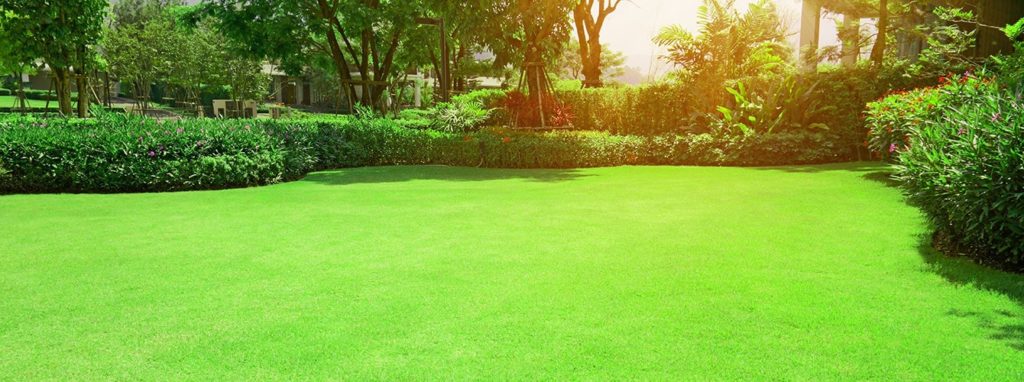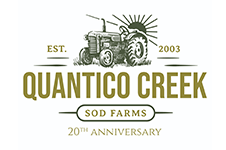
Here are some tips for caring for your cool-season sod.
A lush, green lawn enhances curb appeal and provides a perfect space for outdoor activities. For those living in cooler climates, cool-season grasses such as Kentucky Bluegrass, Fescue, and Ryegrass are the best choices, known for their resilience and vibrant appearance during the cooler months. However, achieving and maintaining a healthy lawn requires ongoing attention and care throughout the year. Here are some tips for caring for your cool-season sod.
Adjust Watering Schedule
As fall sets in, accompanied by rainfall, you will have to revise your sod watering schedule. This is an excellent factor for those with an automated watering system as they may have lost personal touch with watering schedules. Since fully grown turf is dormant in winter, it doesn’t require watering. But if your turf remains green and active, be sure to reduce the amount of water you supply. Cool fall and winter temperatures lower sod water needs. This modification will not only conserve water but also save you money. Remember to continue watering the newly planted sod areas for the grass to grow and develop actively.
Apply Fertilizer
According to lawn care experts, you should fertilize cool-season sod annually. The experts also advocate for the fertilization to be in the fall (October or November). Additionally, experts recommend applying more nitrogen-based fertilizer to your turf. Therefore, as the cold season kicks off, replenish your fertilizer stores early enough before the sod blades begin to fade with the arrival of freezing air. When the grass is fertilized in the fall, it rapidly grows and develops leaf blades, storing excess nutrients in its turf roots. The stored food sustains the lawn in winter.
Avoid Damp Areas
Avoid walking on the sod when it rains, and your soil is thoroughly soaked in water. This prevents the compacting of wet soil, which affects lawn growth. Similarly, refrain from raking over the damp lawn as you may pull off the grass.
Modify Your Mowing Height
As the cold season approaches, consider raising your mower by 1/2 to 1 inch. This adjustment increases the leaf area, resulting in increased sunlight absorption, leading to more food synthesis and storage.
Remove Fallen Leaves
Sweep or rake leaves that fall on your turf regularly. When leaves fall and accumulate on your turf, they will inhibit your lawn’s exposure to sunlight. Limited exposure to sunlight will impact photosynthesis and eventually turf growth.
Seed Bare Spots
Reseed any bare spots in your cool-season sod. The new turf will germinate and rapidly grow owing to the autumn’s cooler temperatures. Also, don’t forget to rinse newly seeded areas of the turf. Stay away from freshly planted sods to enable the roots to be established.
Get Your Yard Ready for Fall!
Since our inception from a humble 30-acre field to over 4,500 acres of turf grasses, Quantico Creek Sod Farm is now the LARGEST SOD FARM IN THE TRI-STATE AREA. Our service areas cover Pennsylvania, Maryland, DC Delaware, Virginia and Northern North Carolina. Order early and order often to ensure the best service possible. Contact us through our online page. Please find us at 27616 Little Lane, Salisbury, Maryland 21801. Our phone number is 410-726-6103, and our fax number is 410-742-6550. Speak to Jason Anderson for Turf Grass Sales. Reach him by email at jason@quanticocreeksod.com. Finally, follow us on social media on Facebook, LinkedIn, and our blog.
